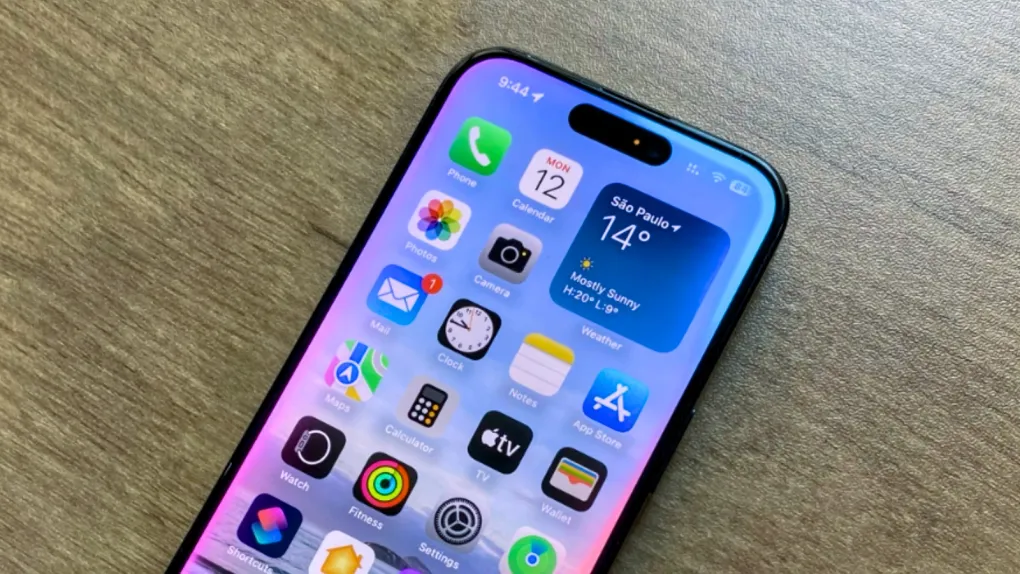You can call it “mouth of the beast”. On contrary to that, it is also equally famous as“God’s hand”. And this time a large telescope could successfully capture finer images of the “God’s hand.
Quite a few comet-like objects were witnessed for the first time in 1976 by the UK Schmidt Telescope, Australia. Even though they had got nothing to do with comets, they were named cometary globules due to their appearances. They were hardly detectable because of their less brightness. These cometary globules were found in the Gum Nebula, which is a massive streak of glowing gas. The heads of the cometary globules are dense dark and dusty, they also possess long tails.

God’s Hand is one such cometary globule. It is also known as CG4 and found to be located in the constellation of Puppis, 1300 light years away from Earth. The recent image reveals, the partly visible head of CG4 has a diameter of 1.5 light-years, and the length of the less visible tail is around about eight light-years. The head is made up of heavy cloud of gas combined with dust, and it is visible because of the light emitted by its neighboring stars.
http://thehoopsnews.com/2015/01/30/3260/skull-fossil-study-hints-first-mating-neanderthal-human-took-place-israel/
Even though, the radiation coming out of these stars works as a destructive force for the CG4 head, but still the sufficient gas present inside the head continues to give birth of new stars. There are two theories about the development of cometary globules. The first theory states, these globular were originally spherical nebula but took up the new structure following supernova explosions. The other theory says the shapes of these globules were decided by stellar winds and ionizing radiation emitted from OB star.
This new image came out from the ESO Cosmic Gems programme. They produce images of interesting, intriguing or visually attractive objects with the help of ESO telescopes, mainly to answer educational questions and for the sake of public interest.








